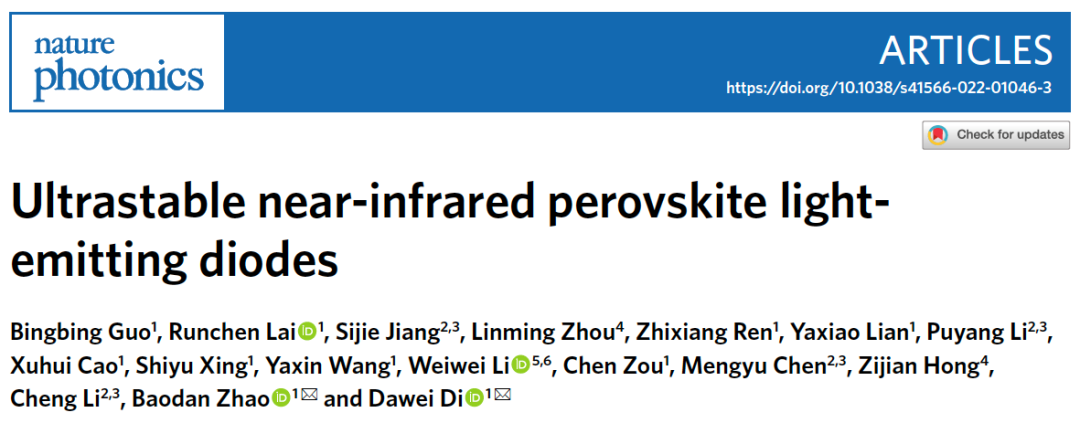Overview
The team of Professor David Di and Researcher Zhao Baodan from the College of Optical Science and Engineering, Zhejiang University has achieved ultra-high stability and high efficiency (22.8%) of near-infrared perovskite light-emitting diode (perovskite LED), which has solved an important problem in the field. At the initial radiance (or current density) of 3.7 W SR-1 m-2 (~5.0 mA cm-2) and 2.1 W SR-1 m-2 (~3.2 mA cm-2), the T50 operating life of the device is estimated to be 11539 h (1.3 years) and 32675 h (3.7 years), respectively. At lower initial radiance, longer device lifetime is predicted: for example, at 0.21 W SR-1 m-2 (~0.7 mA cm-2), the T50 lifetime is expected to reach 2.4×106 h (approximately 270 years).The key to obtain long-life light emitting devices is the introduction of bipolar molecular stabilizers which can interact with anions and cations at perovskite grain boundaries.This effectively inhibits the ion migration of perovskite under electric field, hinders the formation of lead iodide, and thus prevents the phase transition and degradation of α-phase FAPbI3 perovskite. These results eliminate the concern that halide perovskite devices may be inherently unstable and pave the way for the industrial application of perovskite luminescence technology.
The relevant results were published in Nature Photonics on August 8 under the title "Ultrastable near-Infrared perovskite light-emitting diodes".
background information
similar to perovskite solar cells, poor operational stability remains an obstacle for commercial applications. Despite the unprecedented pace of development leading to higher device efficiencies, the T50 lifetimes (time required for the EL intensity to reach 50% of its initial value) for state-of-the-art PeLEDs under continuous operation are on the order of 10–100h. Practical applications demand longer operational lifetimes (T50 = 1,000–10,000 h or higher) at higher efficiencies (EQE > 10%) for a wide range of radiance values. In comparison to III–V and organic semiconductors, metal halide perovskites present some additional degradation mechanisms in device operation. The migration of ionic species under electric fields and the instability of perovskite crystal structures are some of the key issues affecting the stability of perovskite solar cells and LEDs. Resolving these problems to realize long device lifetimes and concurrently retaining high EL efficiencies for ideal LED operation remains a substantial challenge.
highlights
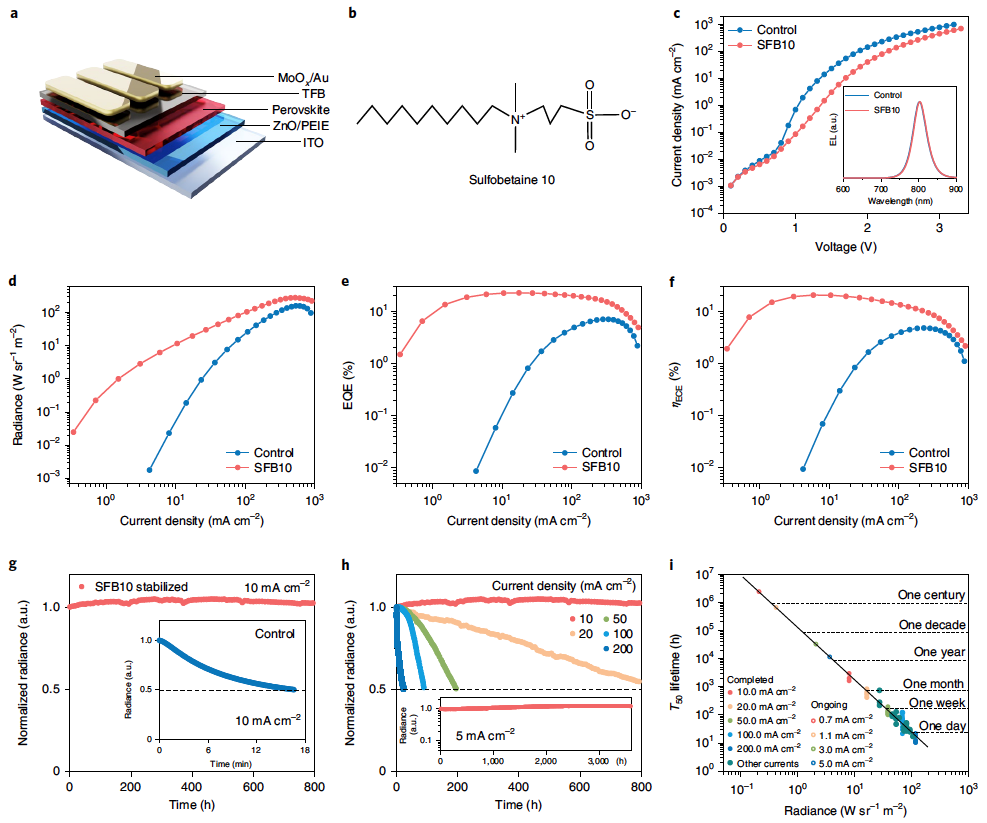
Fig. 1: Structure and performance of PeLEDs.
The authors selected FAPbI3 perovskite, which is used in both high performance solar cells and LED, as the basic research object. By introducing the bipolar molecule SFB10, the authors achieved high efficiency and ultra-stable near infrared (~800 nm) perovskite LED. The peak external quantum efficiency (EQE) and peak energy conversion efficiency (ECE) of the device are 22.8% and 20.7%, respectively, and high luminescence efficiency is achieved at a wide range of current densities.These perovskite LED demonstrated excellent stability, with no brightness attenuation observed for more than 3600 h (5 months) of continuous operation at 5 mA cm-2. According to the accelerated aging test at 10-200 mA cm-2, the initial radiance (or current density) was 3.7 W SR-1 m-2 (5.0 mA cm-2), 2.1 W SR-1 m-2 (3.2 mA cm-2), 0.42 W SR-1 m-2 (1.1 mA cm-2) and 0.21 W SR-1 m-2 (0.7 mA cm-2), respectively, the expected T50 working life is 11539 h (about 1.3 years), 32675 h (about 3.7 years), 6.6×105 h (about 75 years) and 2.4×106 h (about 270 years), respectively. The above data indicate that perovskite LED can operate stably at optical power (radiance) that meets the requirements of practical applications. For reference, the high-efficiency green light OLED device based on Ir(PPY)3 has a radiance of 2.1W SR-1 m-2 at a high brightness of 1000 CD m-2 and a radiance of 0.21W SR-1 m-2 at a low brightness of 100 CD m-2.
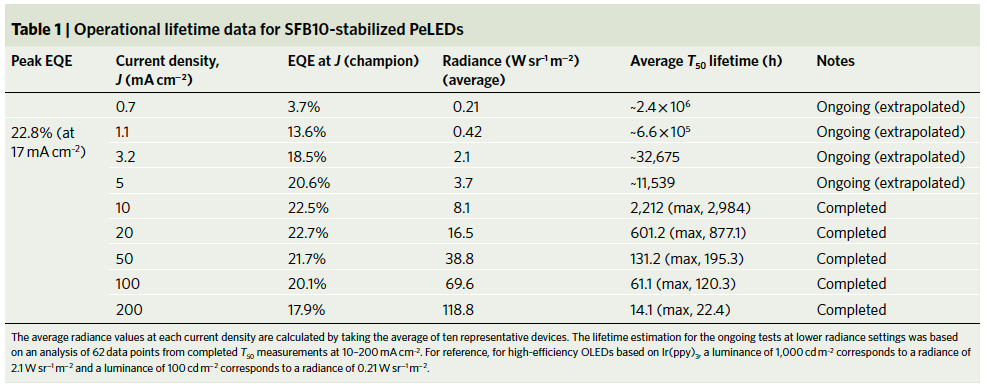
Table 1 Operational lifetime data for SFB10-stabilized PeLEDs
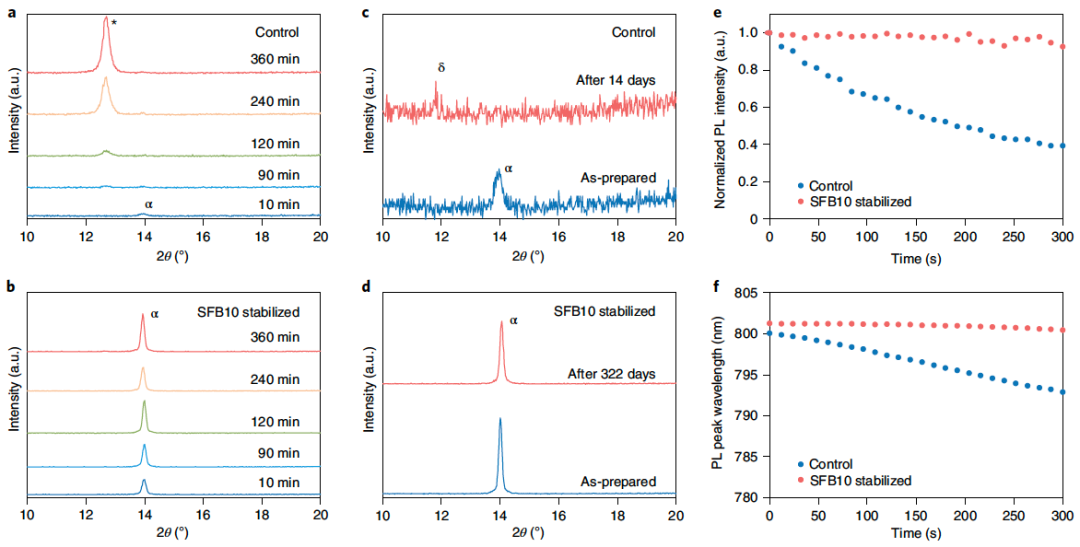
Fig. 2: Structural and PL stability measurements of perovskite samples.
In order to explore the reason of the high stability of the device, the influence of the bipolar molecule SFB10 on the stability of the perovskite film was studied.The experimental results show that the bipolar molecule SFB10 improves the thermal stability, phase stability and fluorescence stability of perovskite films.The perovskite samples treated with SFB10 stabilizer in air for 322 days still maintained α-phase FAPbI3 perovskite with good photoelectrical activity, while the control samples underwent phase transformation and degradation within 14 days.
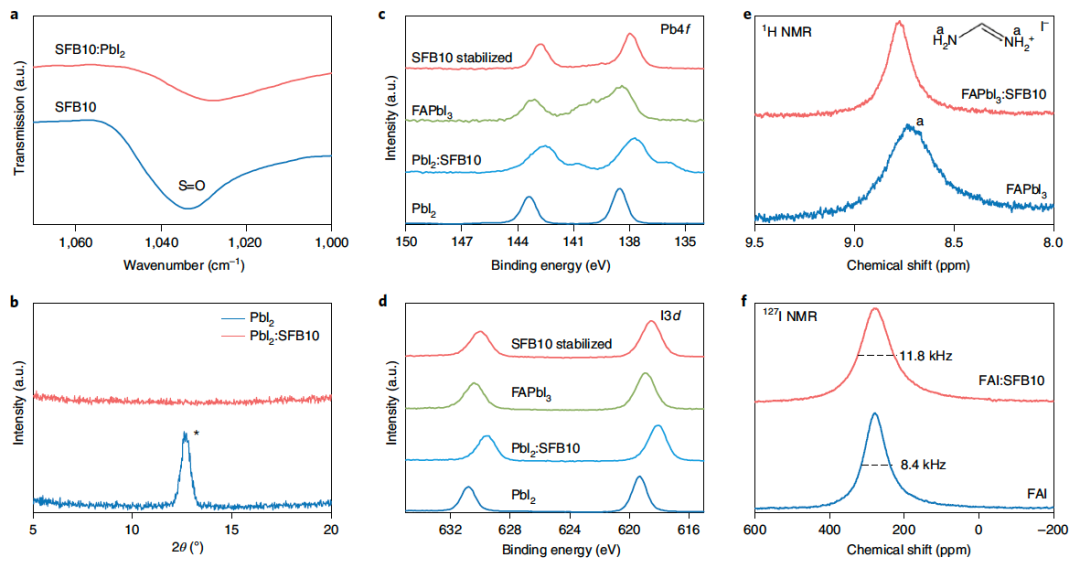 Fig. 3: Characterization of chemical interactions in SFB10-treated samples.
Fig. 3: Characterization of chemical interactions in SFB10-treated samples.
To further understand the mechanism of bipolar molecule SFB10 stabilizing perovskite, the chemical interaction between SFB10 and perovskite precursor was analyzed by XPS, NMR, FTIR, XRD and other characterization methods.The results showed that SFB10 coordinated or interacted with the anions (FA+, Pb2+, I-) in FAPbI3 perovskite, unlike the previously reported chemical effects of molecular additives on single ions in perovskite.Density functional theory (DFT) calculations also further confirmed the interaction between SFB10 molecules and ions at the perovskite grain boundaries.
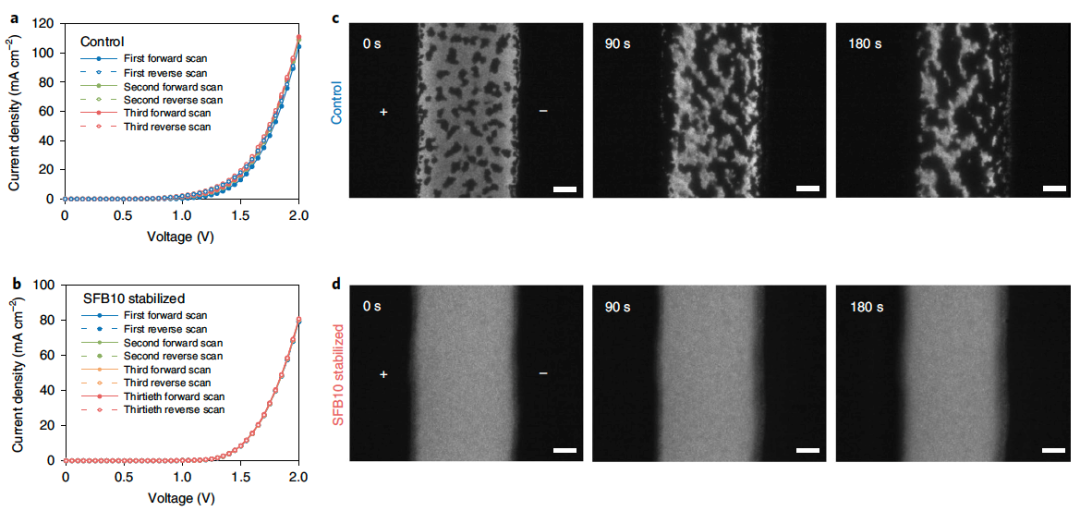 Fig. 4: Current–voltage scans of PeLEDs and microscopic PL imaging of perovskite samples.
Fig. 4: Current–voltage scans of PeLEDs and microscopic PL imaging of perovskite samples.
Ion migration is a key mechanism leading to instability of perovskite devices.The author through the i-v characteristics and microscopic fluorescence experiment under applied electric field analysis, found that the dual polarity molecular SFB10 can eliminate the i-v curve of the hysteresis, and suppress fluorescence quenching under electric field, ion migration in SFB10 stable device that be effectively suppressed, this may be due to the coordination or interaction of anions and cations between SFB10 and perovskite grain boundaries
Conclusions
In summary, this artical have developed efficient (peak EQE, 22.8%) and ultrastable PeLEDs with record-long lifetimes (T50, extrapolated) of 11,539 h (~1.3 years), 32,675 h (~3.7 years), 6.6 × 105 h (~75 years) and 2.4 × 106 h (~2.7 centuries) at initial radiance (or current densities) of 3.7 W sr−1 m−2 (~5.0 mA cm−2), 2.1 W sr−1 m−2 (~3.2 mA cm−2), 0.42 W sr−1 m−2 (~1.1 mA cm−2) and 0.21 W sr−1 m−2 (~0.7 mA cm−2), respectively. The PeLEDs driven at 5 mA cm−2 (3.7 W sr−1 m−2) have shown no EL degradation over 3,600 h (5 months) of continuous operation. Key to this breakthrough is the introduction of a dipolar stabilizer, SFB10, in the preparation of the perovskite emissive layers. Beside serving as an agent for trap passivation for efficient LED operation (EQEs of 10–22.8%) for a wide range of current densities (~1 to ~500 mA cm−2), we have shown that the stabilizer effectively interacts with both A- and B-site cations (FA+ and Pb2+) and anions (I–) at the FAPbI3 perovskite grain boundaries. Such interactions suppress the migration of ions under electric fields, preventing the formation of lead iodide, which mediates the detrimental phase transformation and decomposition of the α-FAPbI3 perovskite. The device lifetime results satisfy the stability requirement (T50 > 10,000 h at R0 ≈ 0.21–2.1 W sr−1 m−2) for commercial organic LEDs (OLEDs)32,41,42, eliminating the critical concern that halide perovskite devices might be intrinsically unstable. The ultralong device lifespans showcase the strong potential of next-generation light-emitting technologies based on perovskite semiconductors.
Paper and author information
The first author of this paper is Guo Bingbing, a master's student of College of Optical Science and Engineering, Zhejiang University. Corresponding authors are Professor David Di and Researcher Zhao Baodan. The first unit is the State Key Laboratory of Modern Optical Instruments, College of Optical Science and Engineering, Zhejiang University, and Advanced Photonics International Research Center, Haining International Campus. Co-authors include Professor Li Cheng and Associate Professor Chen Mengyu of Xiamen University, Professor Hong Zijian and Professor Zou Chen of Zhejiang University, and Professor Li Weiwei of Nanjing University of Aeronautics and Astronautics. This work was supported by the National Key R&D Program of China, the National Natural Science Foundation of China, Kun-Peng Programme of Zhejiang Province, Natural Science Foundation of Zhejiang Province, Natural Science Foundation of Fujian Province, Natural Science Foundation of Jiangsu Province, etc. The authors also acknowledge the College of Optical Science and Engineering, Zhejiang University, which celebrates its 70th anniversary this year.
The original link:
https://www.nature.com/articles/s41566-022-01046-3

